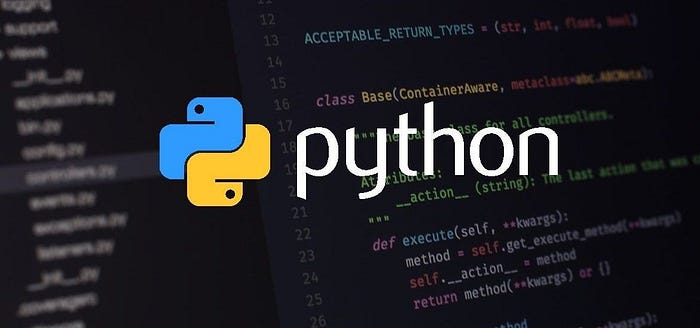Hand Recognition with Python: Guide with Code Samples

Introduction
Hand recognition, also known as hand gesture recognition, is a fascinating and practical application of computer vision and machine learning. It enables computers to understand and interpret human hand movements and gestures, opening up a wide range of possibilities for human-computer interaction, virtual reality, gaming, and more.
In this article, we will explore how to perform hand recognition using Python, a versatile and widely used programming language. We will use the OpenCV library for image processing and a pre-trained deep-learning model to detect and recognize hands in images and videos.
Prerequisites
Before diving into the code, make sure you have the following prerequisites installed:
- Python: You can download and install Python from the official website (https://www.python.org/).
- OpenCV: Install OpenCV using pip with the following command:
pip install opencv-python3. MediaPipe: Install the MediaPipe library for hand tracking using pip:
pip install mediapipe4. NumPy: NumPy is a fundamental package for scientific computing in Python. You can install it with pip:
pip install numpyHand Recognition Code
Now, let’s dive into the code for hand recognition using Python:
import cv2
import mediapipe as mp
# Initialize MediaPipe Hands module
mp_hands = mp.solutions.hands
hands = mp_hands.Hands()
# Initialize MediaPipe Drawing module for drawing landmarks
mp_drawing = mp.solutions.drawing_utils
# Open a video capture object (0 for the default camera)
cap = cv2.VideoCapture(0)
while cap.isOpened():
ret, frame = cap.read()
if not ret:
continue
# Convert the frame to RGB format
frame_rgb = cv2.cvtColor(frame, cv2.COLOR_BGR2RGB)
# Process the frame to detect hands
results = hands.process(frame_rgb)
# Check if hands are detected
if results.multi_hand_landmarks:
for hand_landmarks in results.multi_hand_landmarks:
# Draw landmarks on the frame
mp_drawing.draw_landmarks(frame, hand_landmarks, mp_hands.HAND_CONNECTIONS)
# Display the frame with hand landmarks
cv2.imshow('Hand Recognition', frame)
# Exit when 'q' is pressed
if cv2.waitKey(1) & 0xFF == ord('q'):
break
# Release the video capture object and close the OpenCV windows
cap.release()
cv2.destroyAllWindows()Explanation
- We import the necessary libraries, including OpenCV, MediaPipe for hand tracking, and NumPy for numerical operations.
- We initialize the MediaPipe Hands module and create a hands object.
- A video capture object is created to access the default camera (you can change the argument to use a different camera or video source).
- Inside the main loop, we read frames from the camera and convert them to RGB format.
- We process each frame using the MediaPipe hands object to detect hand landmarks.
- If hands are detected, we draw landmarks and hand connections on the frame.
- The frame is displayed in a window, and the loop continues until ‘q’ is pressed.
- Finally, we release the video capture object and close the OpenCV windows.
Conclusion
Hand recognition using Python and libraries like OpenCV and MediaPipe allows us to detect and track hands in real time, making it a valuable tool for a wide range of applications, from virtual reality to sign language recognition. This article provided you with a practical example of hand recognition code, but there are numerous possibilities for customization and integration into your projects. Explore further and harness the power of computer vision in your applications!
